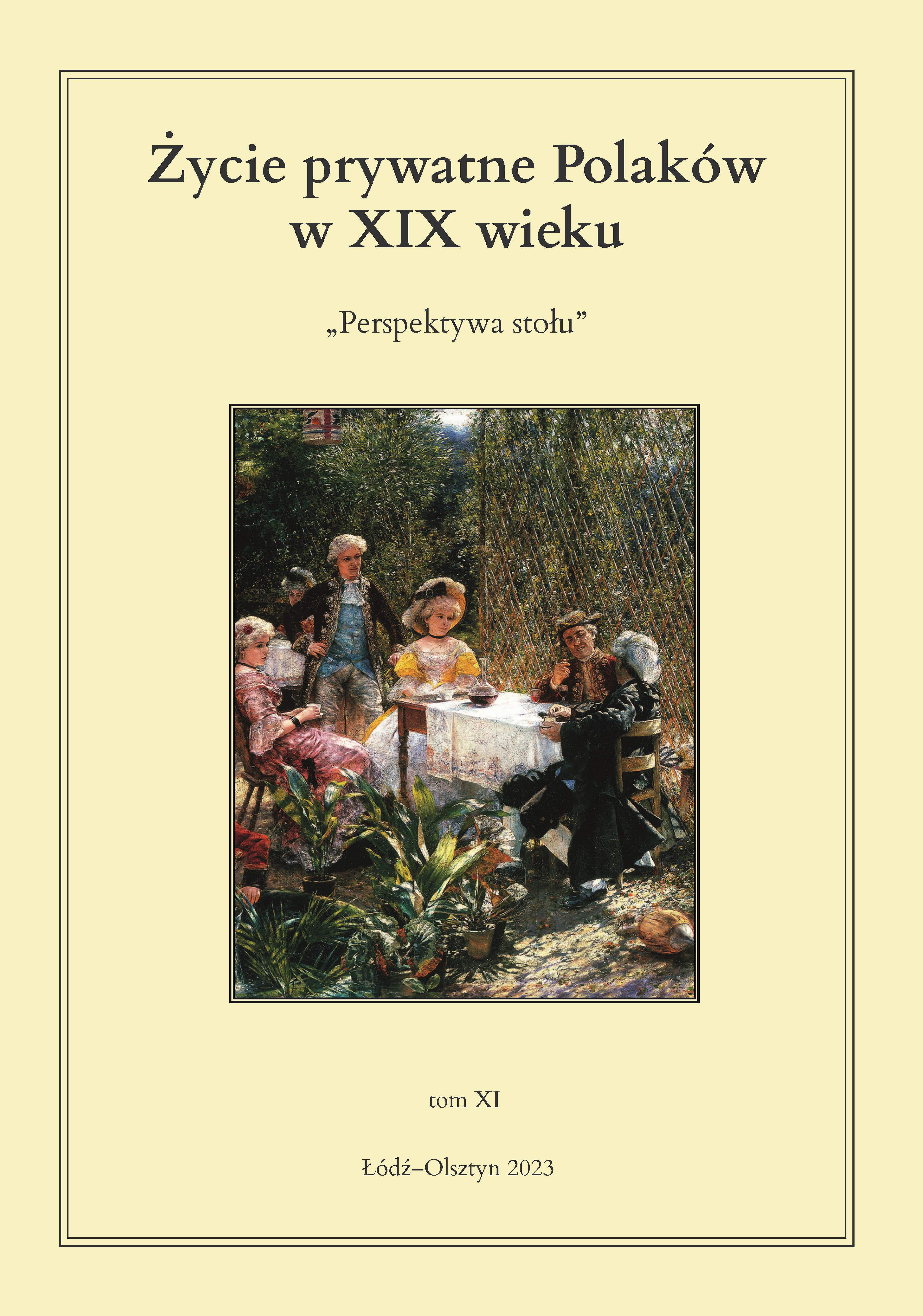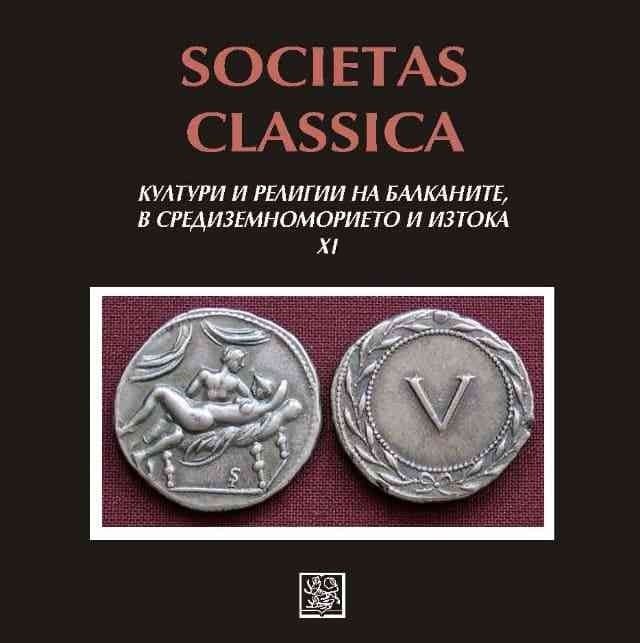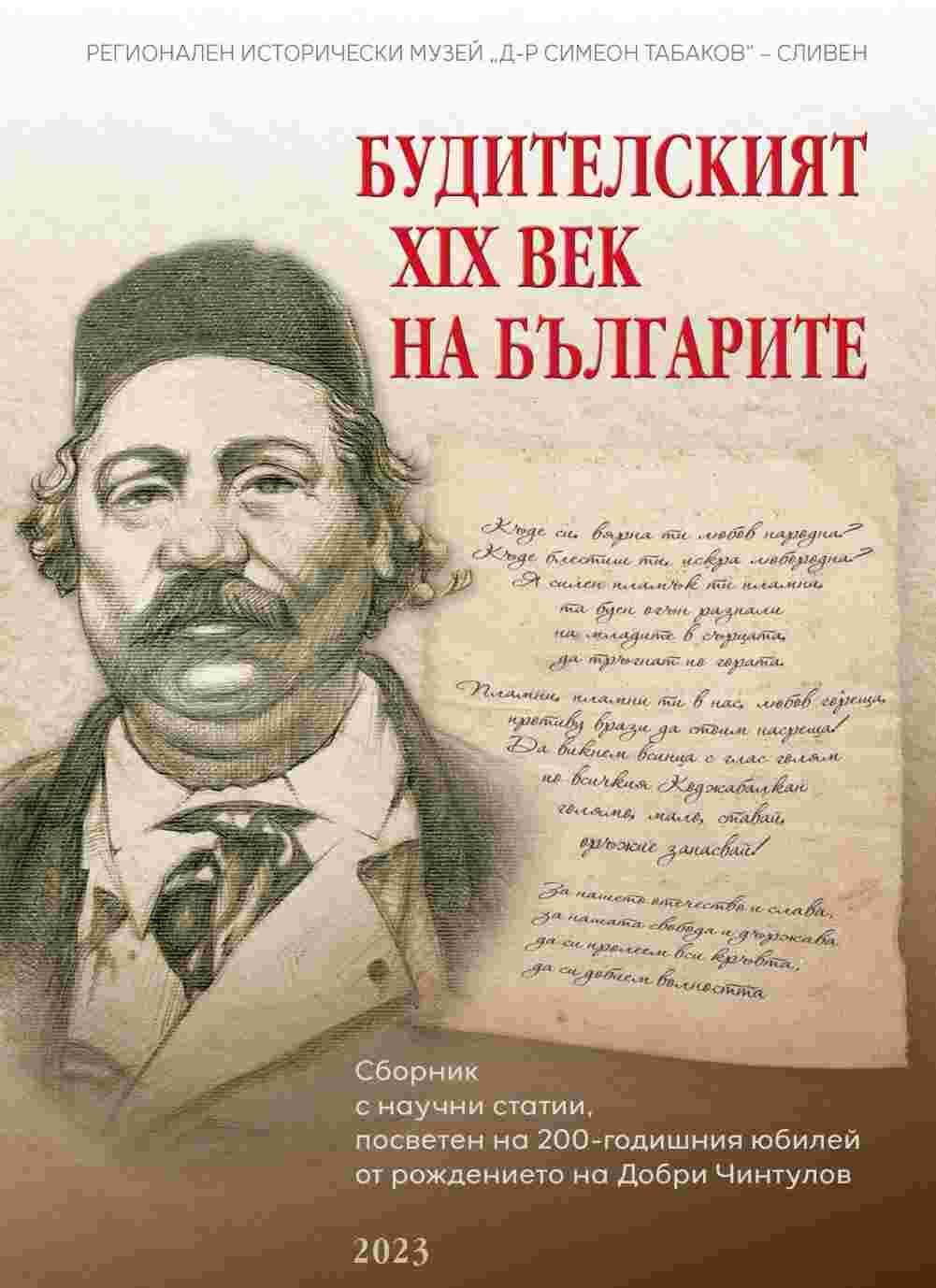
Kilka uwag na temat historycznej „perspektywy stołu”
The eleventh volume of the publishing series Private life of Poles in the 19th century, subtitled “Perspective of the table”, shifts attention to the cultural and social issues of eating food, thus it is part of the increasingly popular research trend – the history of food. It is an overview of the private life and everyday life of the era through the prism of eating practices and habits as well as the broadly understood food culture. The analysis of the private life of 19th-century Poles in the context of culinary culture, consumption rituals and social determinants of food has not been widely undertaken by researchers so far. The 19th century, viewed through the prism of the kitchen, seems particularly interesting. It was characterized by the rapid development of industry and communication (railway), which gave rise to the gradual elimination of famine on the European continent. In the Polish lands, “Polish cuisine” came into contact with the food cultures of the partitioning powers. Has the Polish table retained its identity? Did Polish cuisine have any influence on the survival of this identity? What have we borrowed from our invaders? What were the flavors of emigration – were they also associated with nostalgia for national dishes, or on the contrary – new taste sensations pleased Polish palates? What factors influenced dietary practices in particular social groups? These are just some of the questions worth seeking answers to.
More...

